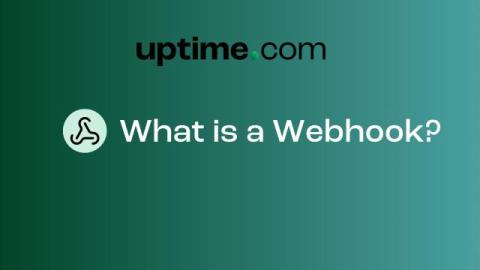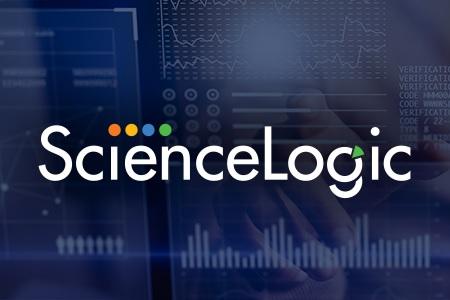Zebra Rugged Tablets in Manufacturing | Zebra
Augment your manufacturing plant floor with Zebra rugged enterprise tablets. There are numerous use cases on the plant floor where rugged tablets can help make decisions and complete tasks faster than ever, saving time and money. With mobile access to data, workers can get more done in a day, reducing labor costs and increasing production, quality and workforce productivity.










